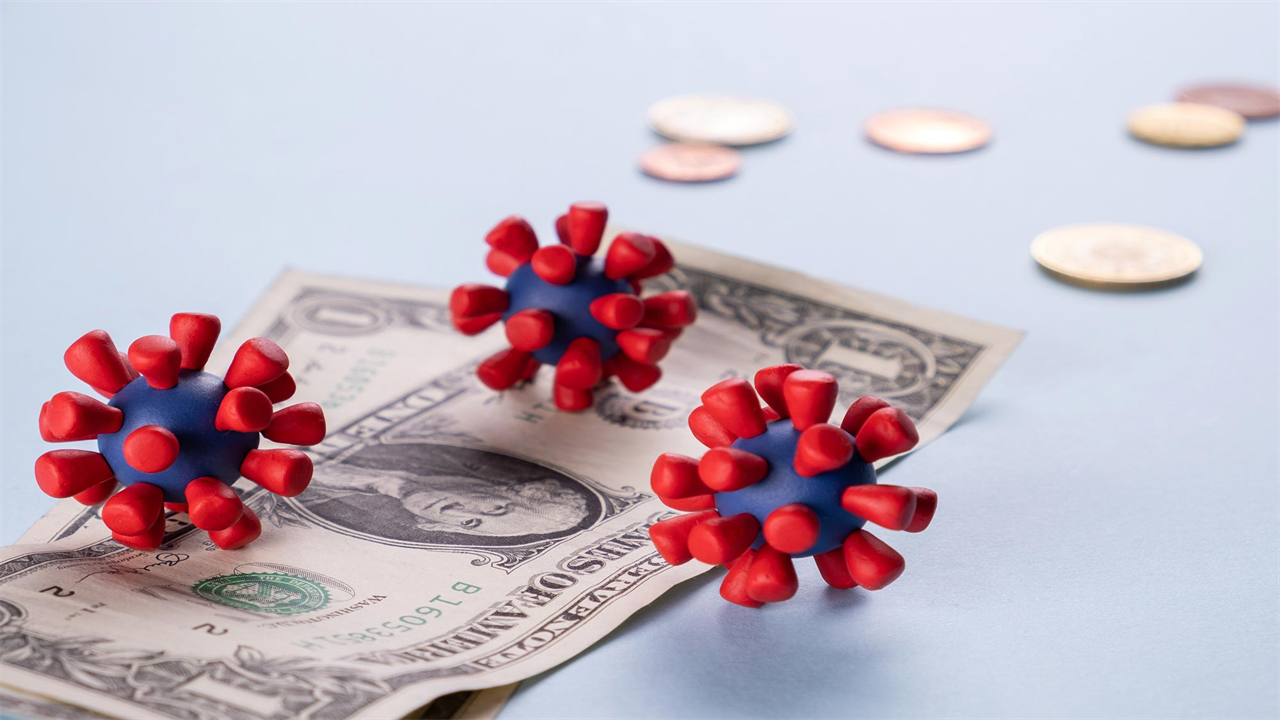New Research Reveals the Human and Economic Impacts of COVID-19
0 View
Share this Video
- Publish Date:
- 7 December, 2021
- Category:
- Covid
- Video License
- Standard License
- Imported From:
- Youtube
Tags

New research reveals the economic costs of behavioral responses to the US pandemic
Throughout its volatile course, the COVID-19 pandemic has changed the behavior of businesses and households. Those behavioral changes, exacerbated by government actions such as mandatory shutdowns, have had a reverberating impact on the U.S. economy.
A new study led Adam Rose, a research professor at the Price School of Public Policy at the University of Southern California, to examine the economic consequences of specific behavioral responses such as closures, reopenings, workplace avoidance and a reduction in entertainment activities, as well as federal government stimulus packages. He will present the study, “The Impact of COVID-19 on the US Economy: The Role of Avoidance Behavior and Resilience,” at the Society for Risk Analysis Virtual Annual Meeting, Dec. 5-9 in Washington, DC.
The analysis tracked the broader economic impact of individual producer and consumer responses through domestic supply chain interactions and international trade relations between the US and other regions. This method allowed the researchers to trace the ripple effects of immediate behavioral responses to the pandemic, including resilience (teleworking and deferred spending) and avoidance behaviors (involving public transportation, mass gatherings, and in-person shopping).
“Businesses and households have changed their behavior a lot in response to the pandemic, and some of that will stick around during the recovery,” Rose said.
Here are some of the key findings:
The largest economic losses were related to the mandatory closure and slow reopening of businesses, followed by avoidance of the workplace and other activities by households. These two factors accounted for a 26.1 percent and 12.2 percent decline in real GDP, respectively, in the first six months after the outbreak in the US. Behavioral avoidance resulted in a 40 percent to 65 percent decline in activity across six domains, including air travel, local transit, shopping, dining out, high-traffic events, and recreation. Retained demand proved to be an important factor in the recovery process, leading half-year growth to be 6.9 percent above the baseline of recovery by the end of 2023. Early rounds of fiscal stimulus packages were found to increase semi-annual GDP in the second half of 2020 by a total of 8.9 percent. The overall beneficial effects of later rounds were hampered by, among other things, loan repayments by companies.
The researchers have developed an analytical framework that can be used not only to estimate the economic impact of pandemics, but also to estimate other types of disasters, Rose added. “The results can be used by policymakers to refine countermeasures related to aspects of a wide variety of disasters, including mandatory business closures, stay-at-homes, health policies and stimulus packages.”
“The Impact of COVID-19 on the US Economy: The Role of Avoidance Behavior and Resilience will be presented at the Economics of Supply Chain and Disaster Risk Management symposium on December 8 from 10 a.m. EST to 10.15 a.m. EST.










